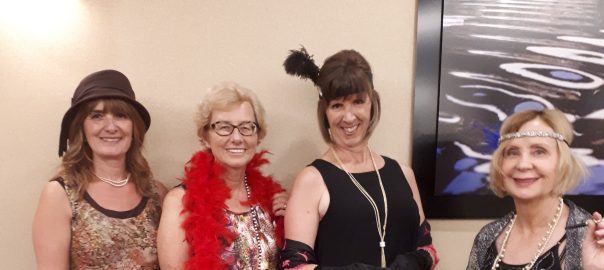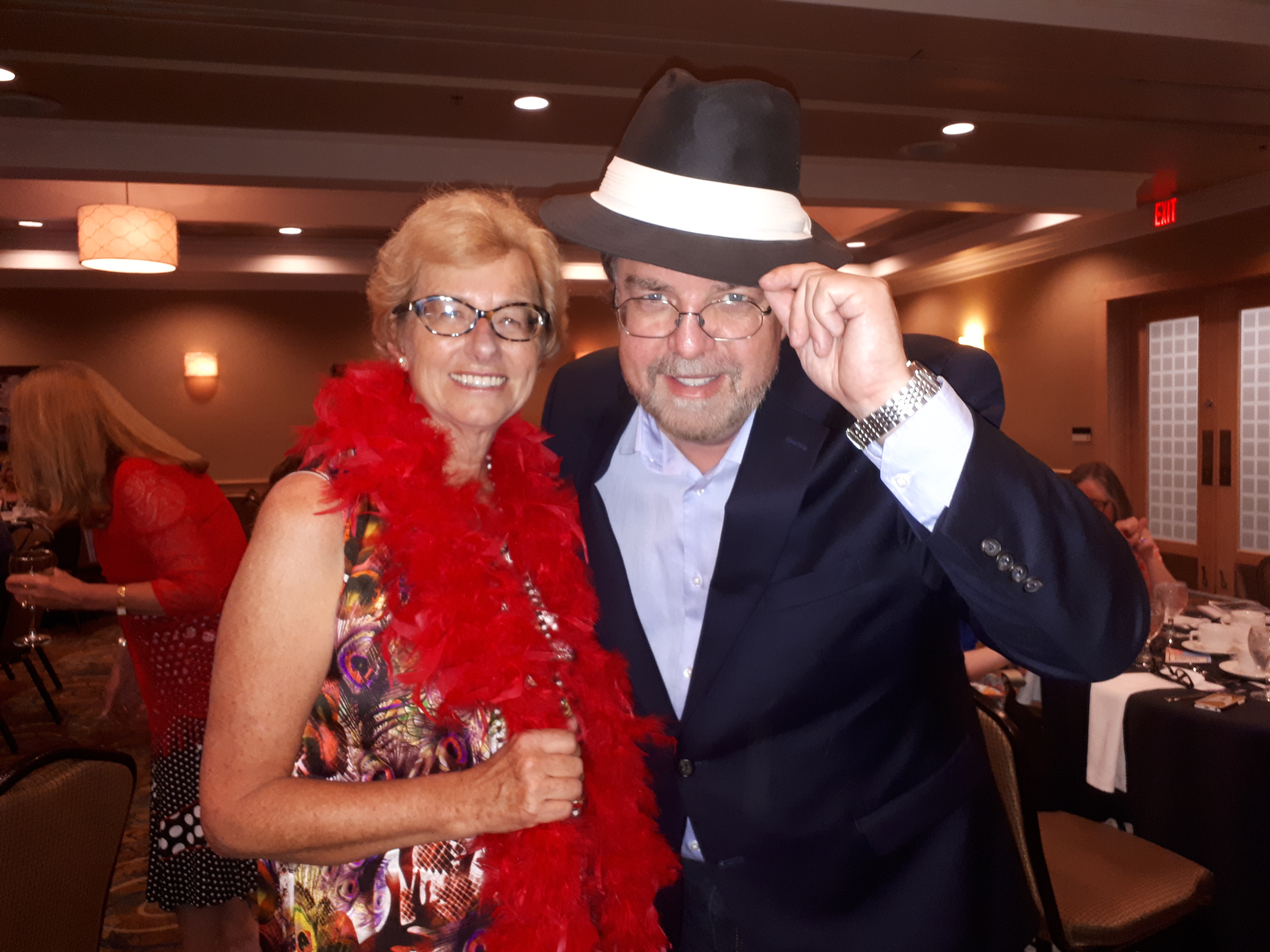While researching 1918 fashion for my historical-novel-in-progress, I stumbled upon a 1918 Sears, Roebuck and Company catalogue, which someone had uploaded on the internet. The catalogue’s 1,676 pages provided a treasure trove of details about that year in time and brought back memories of my catalogue browsing in my younger days.
In Canada, where I grew up, the Eaton’s mail-order catalogue was a mainstay in middle class homes from the early twentieth century until the catalogue expired in 1976. My cousin, who lived in the countryside, ordered all her back-to-school clothes from the thick fall/winter catalogue. My aunt in the city turned ordering and returning catalogue items into a hobby. Her husband joked that the Eaton’s delivery truck made a daily beeline to their street. Catalogues were the forerunner of today’s online shopping although they couldn’t offer one-day service.
I don’t recall purchasing many catalogue goods, but I enjoyed flipping through the pages to see what was available. A common joke of the time was that little boys–and not so little ones–spent hours studying the ads for women’s underwear. I expect boys living 100 years ago were equally intrigued by the 1918 catalogue’s not-so-demure ladies modelling corsets. Prices for these complex articles of clothing ranged from $1.85 to $3.98 for Sear’s finest corsets. Corsets for children and teenage girls started at 98 cents.
I always find it interesting when old or historical books cite prices that are stunningly lower than today’s costs. On the next revision of my historical novel, I’ll look for ways to subtly insert a few 1918 prices into the story. While the earlier drafts mentioned corsets and petticoats, my catalogue stroll reminded me that people wore more underwear a century ago because houses were colder. The 1918 Sears catalogue featured twenty-eight pages of long underwear ads for women, men, and children. A note explained that wool underwear had become scarce because the Government required woolen mills to prioritize supply to soldiers and sailors fighting the Great War. Most civilians would have to make do with cotton underwear.
The one-piece undershirt and underpants garment was called a union suit in 1918. Long underwear was originally designed to liberate women from corsets, petticoats, and stockings. Perhaps I’ll have my protagonist wear a pair of long johns under her housedress to stay warm in her chilly home. Catalogue ads for coal kitchen stoves, called ranges, promoted their side benefit of warming the room in winter. Customers could purchase ranges fueled by hard coal, soft coal, wood, coke, corn cob, and/or gas. No kindling required. They’d start the stove with a lit piece of paper that might be a page from last season’s catalogue. Old catalogue pages also served as toilet paper and little girls cut out pictures of the models for paper dolls–the original Barbies.
All of these details would add period interest to a historical story and the 1918 catalogue offered many more. Women’s muffs and collarettes made from the fur of China goat, raccoon, opossum, muskrat, marmot, and weasel. Ostrich plumes for hats. Seventeen pages of pocket watches, watch chains, and watch fobs. Collar boxes with a round form inside to keep the shape of men’s shirt collars. Wool robes for riding in open-top buggies and cars.
The catalogue also sold War Savings stamps to “support our boys at the front,” official war pictures taken by the US government of trenches, gas attacks, and war ruins for ten cents each, and rubber face masks, presumably to improve complexion. The catalogue states, with surprising candor, “The usefulness of rubber masks has been exaggerated. We make no specific claims for these articles, but we offer them for women desiring them.” They also offered a washable rubber night strap to reduce double chins for the bargain price of forty-nine cents.
If you’re interested in your own stroll through 1918 daily life check out Sears, Roebuck and Co. Chicago: Originators of the Guarantee that stands the test in the Scales of Justice. https://archive.org/details/catalog1918sear/page/n3/mode/2up





















